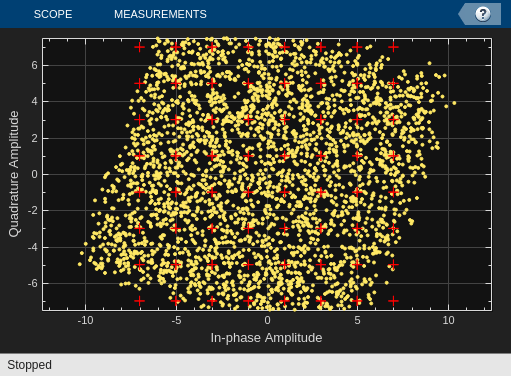Power Amplifier Modeling
Power amplifiers (PAs) used in RF transmitters are susceptible to noise and other nonlinearities. To comprehend the impact of these impairments, it is essential to characterize your power amplifiers. Characterizing a power amplifier involves simulating and measuring AM/AM response and plotting gain against input power data. This characterization process provides insights into the linearity of the PA for a given input signal.
In addition to nonlinear gain, you can also simulate the memory effect of the PA using the memory polynomial model. This model produces complex coefficients that enable fitting and calculation of root mean squared (RMS) errors. By using this fitted data, you can visualize the fitted and measured output signals. Moreover, you can use the memoryless nonlinearity model to study the effects of amplitude and phase distortion.
To mitigate the impact of nonlinearities in the power amplifier within a transmitter, a you can use the digital predistortion (DPD) technique. DPD helps offset the effects of nonlinearities and improve overall performance.
Topics
- Power Amplifier and DPD Modeling for Dynamic EVM Measurement
Extract a PA model using measured data, verify the quality of the fitting, and simulate the PA model with and without DPD.




